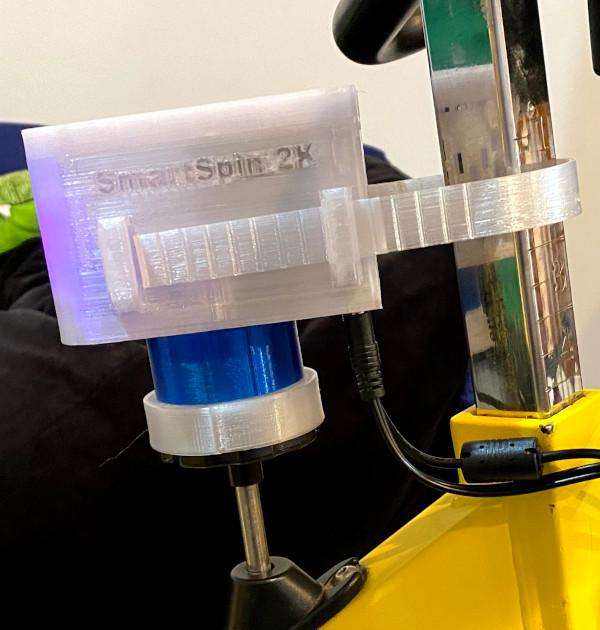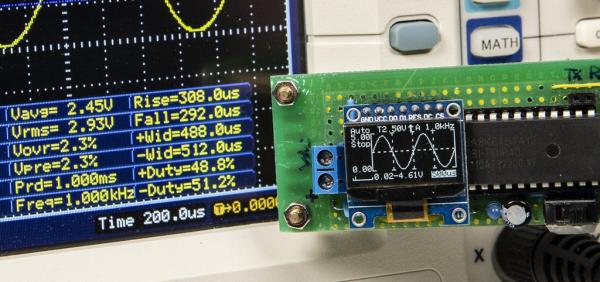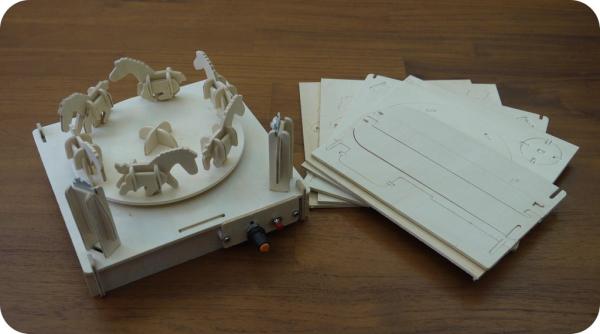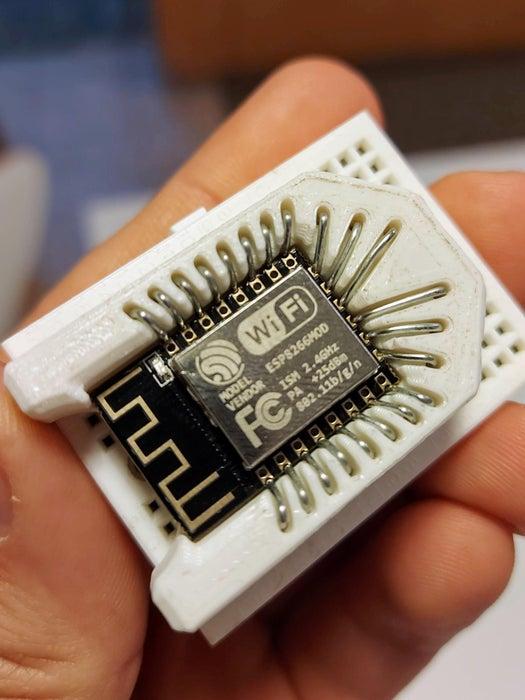Spin Bike Controller
SmartSpin2K is an open hardware and software DIY module that converts BLE signals from a cycling APP (like Zwift, FulGaz, RGT, Sufferfest, etc.) and uses the information they broadcast to increase and decrease resistance on a spin bike by rotating the resistance knob with a stepper motor. SmartSpin2k receives BLE signals from common cycling peripherals such […]
Spin Bike Controller Read More »




